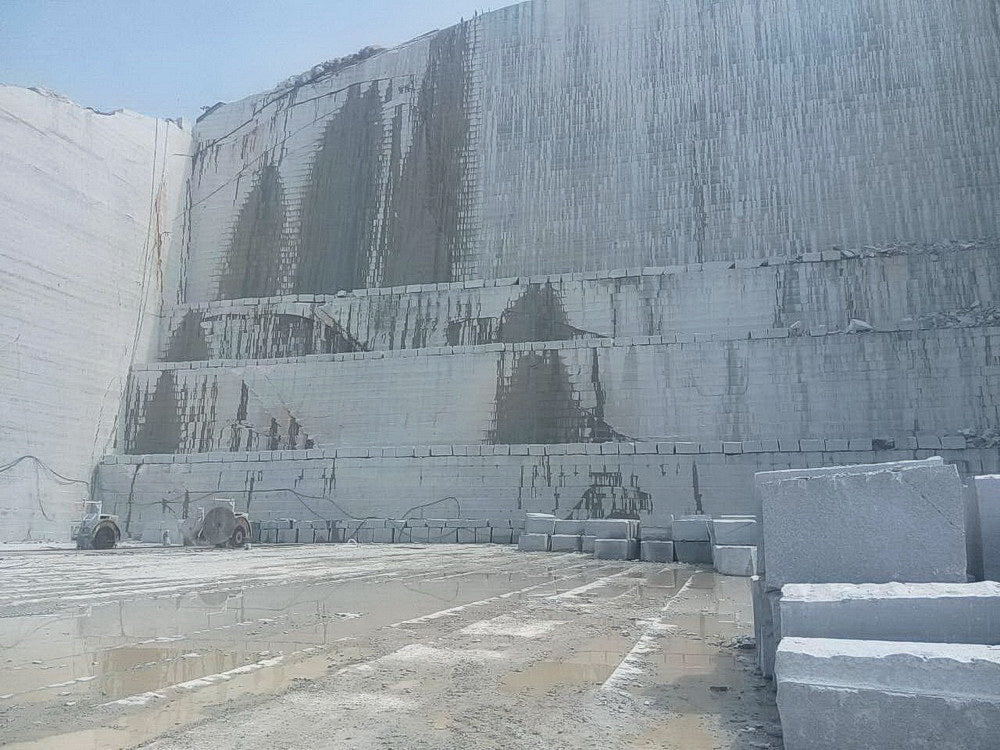Checking Out Granite Quarries in South Africa: A Comprehensive Overview
Checking Out Granite Quarries in South Africa: A Comprehensive Overview
Blog Article
Unearthing the Rich History and Sustainable Practices of Granite Quarrying
As we depend on the precipice of discovering the elaborate tapestry of granite quarrying, a trip with time reveals not simply the physical act of drawing out stone yet additionally the cultural and historic relevance woven right into the really material of this practice. From the old origins that laid the foundation for contemporary quarrying methods to the sustainable methods that are shaping the future of this sector, each chisel mark on granite surfaces tells a story waiting to be uncovered (granite quarries in south africa). The legacy of granite quarrying stretches far past mere removal; it is a testimony to human ingenuity, resilience, and the enduring attraction of this majestic stone
Ancient Beginnings of Granite Quarrying
Going back to old people, the practice of quarrying granite has been an indispensable component of human history and architectural innovation. The earliest evidence of granite quarrying dates back to ancient Egypt, where substantial pyramids and intricate sculptures were crafted from this resilient rock. The Egyptians utilized primitive tools to draw out granite blocks from quarries, showcasing the relevance of this product in their monumental buildings.
Relocating forward in history, the Greeks also made considerable contributions to the quarrying of granite. The Greeks made use of granite in various architectural marvels, such as temples and statues, demonstrating their skill in shaping and carving this sturdy stone. The Romans even more fine-tuned the methods of quarrying granite, using advanced devices like chisels and hammers to remove and form granite for their legendary structures.
Via the centuries, the technique of quarrying granite has advanced, with modern technologies improving performance while preserving the classic allure of this natural rock - granite quarries in south africa. From ancient civilizations to contemporary home builders, the legacy of granite quarrying proceeds to shape our world
Development of Quarrying Techniques
The development of quarrying techniques has actually been noted by a constant development in the direction of higher efficiency and accuracy in drawing out granite. From the fundamental approaches utilized by our ancestors to the innovative innovations utilized in modern-day quarrying procedures, the market has undertaken significant innovations. Early quarrying techniques involved manual work with fundamental devices such as blades, hammers, and wedges to extract granite blocks from the planet. As human beings advanced, strategies like fire-setting and primitive dynamites were presented to assist in the removal procedure.
Improvements in computer-controlled devices and Recommended Site 3D modeling have maximized quarrying operations, leading to marginal environmental effect and boosted sustainability techniques. As the need for granite proceeds to increase, the development of quarrying strategies stays important to conference market needs successfully and sustainably.
Cultural Importance of Granite
Granite holds a profound cultural significance throughout numerous civilizations because of its enduring presence in building work of arts and prized monuments. From the marvelous pyramids of Egypt to the complex makings of the Angkor Wat temple in Cambodia, granite has been a product of selection for expressing majesty and long life in social heritage. In old Rome, granite columns embellished holy places and public buildings, representing strength and durability. The social importance of granite extends beyond its physical qualities; it symbolizes resilience, security, and timelessness, making it a symbol of withstanding legacies and practices.

Sustainable Practices in Quarrying
Amidst the abundant background of granite quarrying and its cultural value exists a growing emphasis on lasting methods within the market. As environmental recognition and worries regarding source deficiency have actually increased internationally, the quarrying market has progressively embraced lasting methods to minimize its effect on the atmosphere and surrounding areas.

Moreover, recovery and additional hints recovery of quarry sites post-extraction are essential to sustainable methods. By bring back quarried areas to a natural or valuable state, such as creating wild animals environments or entertainment rooms, quarriers can counter the ecological impact of their procedures and add positively to the local environment.
Tradition of Granite Quarrying
With a historical background soaked in craftsmanship and industrial progress, what sustaining influence has granite quarrying left on the landscape of contemporary culture? The legacy of granite quarrying transcends mere extraction methods; it has actually shaped architectural marvels, urban landscapes, and social heritage worldwide. The sturdy nature of granite has actually made it a favored option for monoliths, structures, and infrastructure, standing as a testament to the skill and artistry of quarry workers across generations.
Moreover, the financial impact of granite quarrying can not be overlooked. The sector proceeds to give job opportunity and drive neighborhood economic situations in regions where granite removal prevails. It has also stimulated technological innovations in quarrying methods and tools, bring about more reliable and sustainable methods.
In regards to sustainability, the heritage of granite quarrying includes initiatives to alleviate environmental influences with recovery jobs and accountable source management. By stabilizing financial interests with environmental stewardship, the sector strives to make certain that future generations can continue to benefit from this long-lasting all-natural source.
Conclusion

Report this page